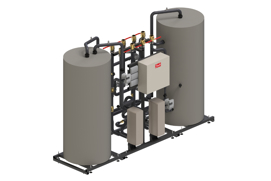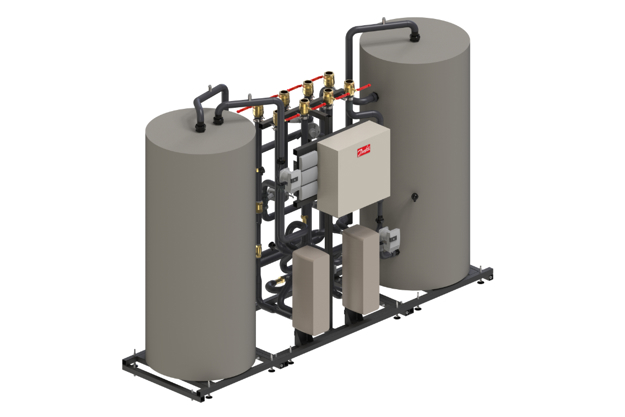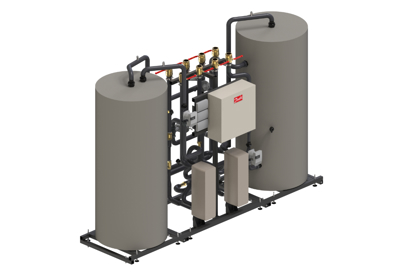Demand response programs are offered by many utilities nationwide to allow their customers to voluntarily reduce their electricity usage during periods of high power demand. When electricity demand is at its peak, utilities like PJM, one of the nation’s largest electric transmission operators, want to avoid buying power from less competitive utilities or firing up inefficient generating equipment. This creates a smart business opportunity for the utility, and is why PJM rewards customers like Giant Eagle who can cut electricity consumption when there are balancing problems in the grid.
Utility customers like Giant Eagle benefit by receiving compensation from PJM when its supermarkets reduce electric consumption during a demand response event.
“One of the things we can do during a demand response event is reduce sales floor lighting levels,” said Donovan. “We can also let the temperature drift to the upper acceptable range in the stores’ air conditioning. The only thing customers notice is some overhead sales lights being turned off. We have experimented to find a balance between maximizing the benefit of the practice without impacting the shopping experience of our customers.”
Giant Eagle developed these setpoints internally, then worked with a curtailment service provider (CSP) to enroll the stores in the demand response program. Giant Eagle devised a plan to handle power reduction notifications from PJM, and also to get more out of the program through peak shaving.
“There are not a lot of emergency events in our region where the utility demands power curtailment,” notes Donovan. “So, in 2016, we switched strategies to maximize the program. In addition to responding to demand response events, we arranged to shed electric consumption on what are known as 'peak days.' That helps us lower our capacity charge the following year.”
In the complex world of electricity pricing, retail consumers like Giant Eagle generally pay electricity rates based on monthly electricity consumption and demand. In addition to these charges, commercial customers pay peak-demand charges, also known as capacity charges, to defray the cost of supplying electricity to meet the highest levels of grid demand.
“The capacity charges for Giant Eagle are based on their electric use during the grid's peak hours,” explains Terry Joyal, manager of global electronic services at Danfoss. “The five hours of the previous year when the grid’s kilowatt usage is the highest determines their peak load contribution (PLC), also known as the capacity tag. Giant Eagle's capacity tag in 2015, for example, influenced up to 25 percent of their electric bill in 2016. That may seem excessive, but an entire utility plant may need to be turned on for just a few hours to meet the load customers demand at peak periods. In effect, the end-user is tagged with their share of extra generating cost they were responsible for.
“Supermarkets want to shrink their PLC as much as possible," emphasizes Joyal. "Curtailing electric usage at peak load – known as 'peak shaving' – will reduce the capacity tag. It's a smart way to manage long-term energy costs, and helps everybody by reducing the strain on the grid.”
Working with Danfoss, Giant Eagle benefited from PJM's demand response program in two ways: by turning down power consumption when notified by the CSP during curtailment events and by reducing capacity at peak periods. The agreement worked out with Danfoss defined four tiers of power reductions Giant Eagle was willing to make. In 2016, only the first two tiers of power reductions -- reducing HVAC and overhead sales floor lighting -- were used because they had the most impact cutting power consumption and the least impact on customers.


 HRU - Heat Recovery Unit
HRU - Heat Recovery Unit

 Smart store
Smart store





